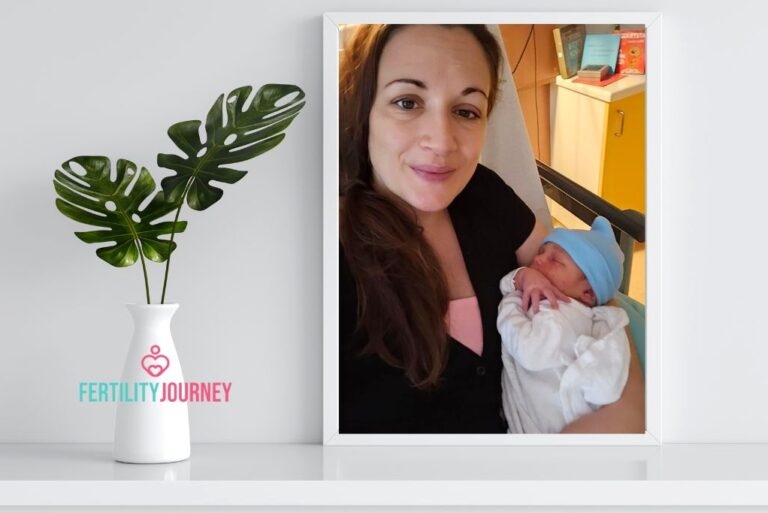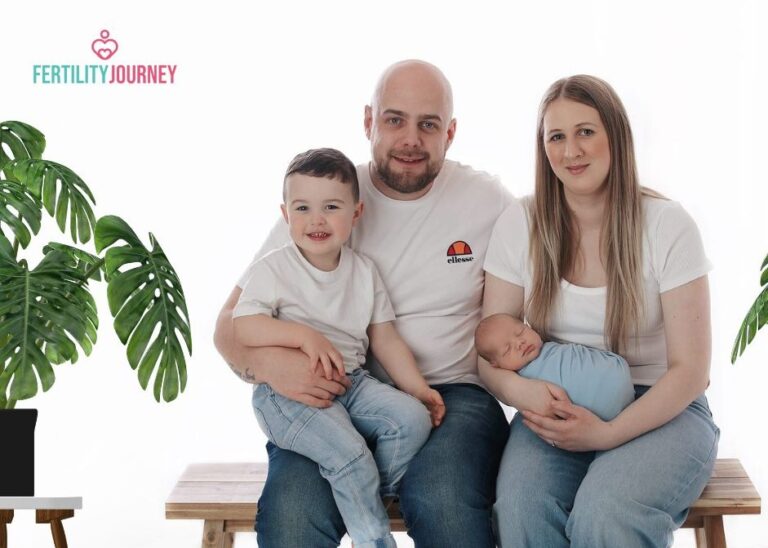Oregon Reproductive Medicine have selected a couple for its Fertility Journey – a donor egg IVF cycle with an ORM donor. While this is ongoing we share some of the elements that contribute to achieving consistently high success rates in IVF cycles.
Founded in 1989 with the goal of building the best fertility programme possible, ORM is recognised globally for its consistently high live birth success rates, individualised care, and innovative leadership. This goal and the drive to help patients be successful with their first cycle permeates every facet of the IVF process and customised patient care at ORM.
It led ORM, in 1999, to utilise the expertise of Intel clean room facility engineers, to develop its pioneering embryology laboratory clean room, one of the first in the world. More recently, it has been behind ORM’s commitment to making industry-leading genetic screening and testing available to its patients.
ACHIEVING CONSISTENTLY HIGH SUCCESS RATES
By its nature, IVF is an immensely complex procedure. Every patient and cycle is inherently unique. For patients to better understand the factors that contribute to a successful IVF cycle it’s helpful to divide the IVF cycle into four stages, each of which providers need to optimise to give the patient the best chance of success on the first attempt. These are: optimising the quality of the eggs; the embryology lab; selecting normal embryos; and optimising the transfer. Each of these stages of course has multiple critical components and no one single step or stage in an IVF cycle is the silver bullet for success.
Success is driven by the cumulative impact of getting each component and stage in the IVF process right for each patient so that the potential for success is optimised.
Using the IVF PROCESS To OPTIMISE EGG QUALITY
The number and quality of a woman’s eggs is a key factor in the IVF process. Thorough pre-cycle screening involving ‘ovarian reserve testing’ is essential to count the approximate number of a woman’s eggs, as well as testing to understand how her body responds to the stimulation medications that will be used in the IVF cycle.
As every woman’s body has a unique response during each cycle to the stimulation medications, customising the treatment protocols and carefully monitoring the development of her follicles up to the egg retrieval procedure helps optimise this first stage. In cycles involving donor eggs an additional important element is the screening and selection of young donors for optimal health and fertility.
EMBRYOLOGY LABORATORY
An embryo developing within a woman’s uterus is protected from potential stresses and hazards from the outside world by the body surrounding it, but embryos developing in a laboratory do not have this natural protection. Providing a laboratory environment that is as stress-free as possible for embryos to develop in is a key factor in success. Air quality is critical to this stress-free environment.
Harmful substances in the air – in particular volatile organic compounds (VOCs) – can leach into the culture media that the embryos grow within and damage them. Achieving optimum air quality begins with the basic construction of the laboratory and the materials chosen and then filtering and sterilising the incoming air before it reaches the lab. The quality and purity of the media and lab-ware that the embryos come into contact with also play a vital part in the art of successfully growing embryos.
Simulating the conditions inside the body as closely as possible is the goal of the IVF lab. Keeping embryos at a constant temperature and pH is critical. The equipment in the lab maintains that stability 24/7, 365 days per year. Also, the quality of the staff and procedures – speed, accuracy and consistency – are key elements to a successful IVF laboratory.
ORM’s embryology lab was custom-designed and purpose built with all of these considerations in mind. The clean Portland air combined with state of the art clean room filtration technology helps to maintain consistently high pregnancy rates.
SELECTING NORMAL EMBRYOS
In every IVF cycle, embryos are first examined under the microscope in order to select the best looking ones.
In addition to this visual inspection of the embryos, it is possible to count the number of chromosomes in each embryo. Chromosomes are packages of genes, or DNA, which are present in every cell of a person. Normally, there are 46 chromosomes (23 pairs) in each cell.
Embryos with the correct number of chromosomes have the best potential for implanting and resulting in a successful pregnancy. The formation of abnormal embryos (possessing extra or missing chromosomes) is a natural phenomenon (around 25%of embryos from a young woman’s eggs will be naturally abnormal) and is the most common cause of failed implantation and miscarriage. This is also the only type of problem that becomes more common as women get older.
Comprehensive Chromosome Screening (CCS) is the term for this type of testing. This process involves the removal of five to 10 cells from a day five or six blastocyst stage embryo. The cells are removed from an area on the embryo that develops into the placenta. The biopsied cells are tested in the genetics laboratory using advanced technology to determine the number of chromosomes that are present. CCS using Next Generation Sequencing technology is the most advanced form of this screening and is used by ORM’s in-house genetics laboratory.
Transferring only embryos with the correct number of chromosomes can often improve the chances of a successful pregnancy and also decrease the chance of a baby being born with a disorder linked to a chromosome abnormality. At ORM about 80%of IVF patients now choose CCS as part of their cycle. Where a patient-specific genetic or chromosomal disorder is of concern, then Pre-Implantation Genetic Diagnosis (PGD), which involves the customised testing of embryos for a specific disorder, may be appropriate.
OPTIMISING THE IVF PROCESS TRANSFER
The optimal preparation of the recipient’s uterus for the embryo transfer is vital, as is the actual transfer of the embryo itself. The medication and monitoring protocol is important to ensure that the recipient’s uterine lining is optimal. The placement of the embryo(s) is carried out under ultrasound guidance to find the correct place in the uterus. A very soft catheter is used to transfer the embryo(s) to cause as little trauma to the uterus as possible. Keeping the uterus calm is the goal of each embryo transfer procedure to minimise uterine contractions that may disrupt implantation which happens after the transfer. Also at
ORM we have an in-house acupuncture team for patients who wish to incorporate pre- and post- transfer acupuncture into their treatment. Studies show that specifically designed acupuncture treatments can increase blood flow to the uterus which may be beneficial to implantation. Acupuncture is also used to aid overall relaxation to minimise stress on transfer day.
OREGON REPRODUCTIVE MEDICINE
ORM’s global practice is led by Dr John Hesla and Dr Brandon Bankowski, who have helped patients from over 40 countries create their families. Both completed their training at Johns Hopkins Hospital – ranked no.1 in US reproductive medicine for 20 years – and are recognised internationally for their professional excellence and commitment to improving their patients’ reproductive care.
Dr Hesla joined ORM in 1999 when he co-founded its IVF programme. He was instrumental in building ORM’s pioneering embryology laboratory clean room, one of the first in the world. Dr Hesla continues daily to push that high level of innovation and excellence in our exceptional IVF laboratory. Dr Bankowski joined ORM in 2005 and he co-founded its industry-leading in-house genomics programme. He strives to help patients achieve the best success while caring for the genetic health of their family through increased awareness, screening and the utilisaton of cutting-edge genetic and chromosomal testing.
ORM moved into its new state-of-the-art Fertility Center located in vibrant downtown Portland in autumn 2015. It is home to our 100-strong ORM family of doctors, nurses, embryologists, genetic counsellors, psychologists, patient co-ordinators, donor co-ordinators and financial co-ordinators, among others.
This world-class facility comprises 25,000 square feet and four floors of patient care facilities. ORM’s Fertility Center houses its embryology and genetics laboratories, and has brought together under one roof all of our fertility services and treatments, including IVF, egg donation, surrogacy, advanced genetic screening, as well as comprehensive fertility counselling, acupuncture, community education and proactive fertility care.
ORM’s new Fertility Center builds on its commitment to achieve the highest success rates while providing a customised, compassionate patient experience which has made it one of the most sought-after fertility centres in the world.
We look forward to welcoming you to ORM in Portland and to help you build your family! For more information visit https://www.facebook.com/OregonReproductiveMedicineUK



